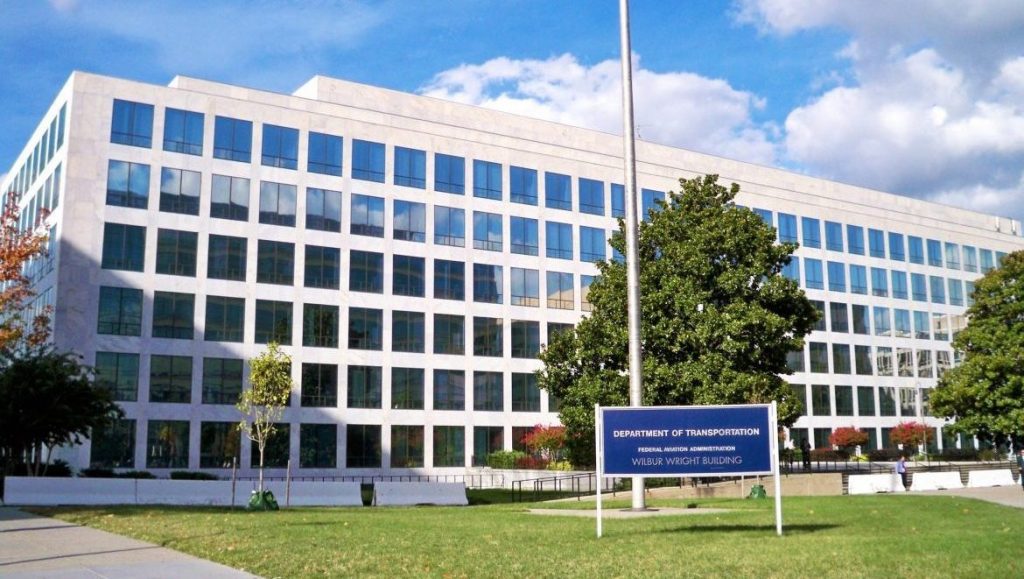
The US Department of Transportation will officially conduct an audit of the Federal Aviation Administration’s November 2020 decision to lift the grounding order on the Boeing 737 MAX.
The transportation department’s Inspector General’s office will conduct the audit to thoroughly examine the actions and decision-making processes in the immediate aftermath of the two fatal MAX crashes that caused the jet to be grounded for more than 20 months.
The audit will also inspect the risk assessments conducted by the FAA, the grounding of the aircraft itself, and its subsequent recertification.
According to the Inspector General’s office, its objective in the audit is to “evaluate FAA’s processes and procedures for grounding aircraft and implementing corrective actions”.
In response, the FAA said that it intends to “co-operate fully” with the office of the DOT Inspector General, “as it has with all other outside reviews of the agency’s oversight of the Boeing 737 MAX”.
According to the Office of the Inspector General, this most recent audit – which will be the third investigation in the FAA and 737 MAX debacle by the DOT – was requested by the former Secretary of Transportation Elain Chao, as well as various members of Congress.
The Inspector General’s office intends to begin the audit immediately.
The Inspector General’s office released its second report into the FAA in February, which reported “weaknesses” in the agency’s initial certification of the MAX, and criticised the fact that the agency is still yet to adequately address and strengthen its processes for aircraft review.
The report argued that while the FAA didn’t deviate from an established protocol during the process, it also failed to clarify or understand the MCAS system, which was ultimately found to be at fault for the two fatal MAX crashes that killed 346 people.
“[The] FAA’s certification guidance does not adequately address integrating new technologies into existing aircraft models,” the report said.
“Second, [the] FAA did not have a complete understanding of Boeing’s safety assessments performed on MCAS until after the first accident.”
According to the 63-page report, “much work remains” to address outstanding issues within the agency, including its “management and oversight weaknesses”.
The report offered 14 recommendations to improve the FAA’s certification process and oversight policies, including a drastic change to the FAA’s Organisation Designation Authorisation program – in which the FAA can delegate portions of its aircraft certification process to third parties.
Boeing used ODA to certify the 737 MAX and earlier aircraft like the 787 and 777, meaning that it inspected its own planes under the FAA’s guidance.
“We confirmed in interviews with FAA and Boeing ODA representatives that there were instances where the same company engineer worked on a particular design and then approved the design as an ODA unit member,” the report said.
“This may not provide enough independence and could cause a conflict of duties for those unit members.”
In response to the full report, the FAA agreed to implement all 14 recommendations in the report and said it “has already made substantial progress towards implementing reforms that address some of your recommendations”.
Meanwhile, Boeing said it has “undertaken significant changes to reinforce our safety practices, and we have already made progress” on recommendations outlined in the report.











